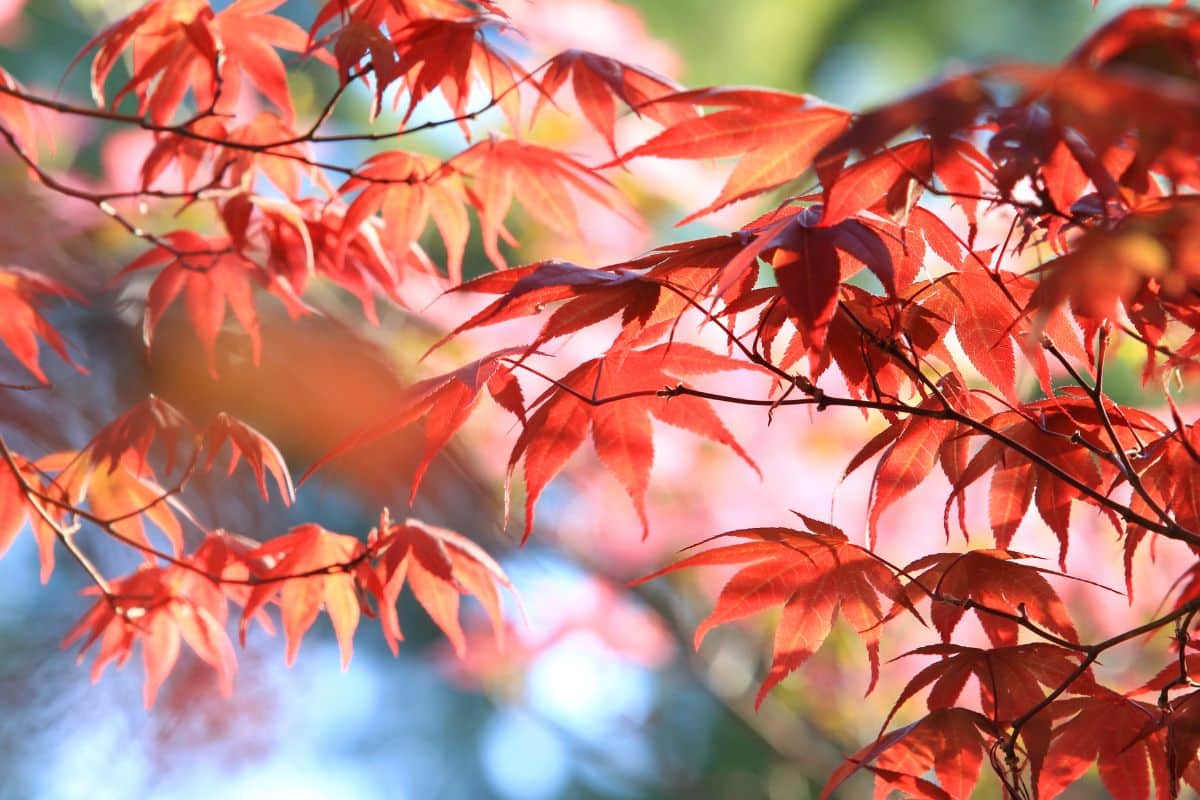Japanese maple trees, with their delicate foliage and stunning colors, add elegance to any landscape. These ornamental trees require specific care to thrive, particularly when it comes to fertilization. Providing the right nutrients at appropriate times ensures healthy growth and vibrant color display throughout the seasons.
Understanding Japanese maple fertilizer needs
Japanese maples (Acer palmatum) have distinct nutritional requirements compared to other landscape trees. These sensitive trees prefer a balanced fertilization approach that supports their growth without causing stress or leaf burn. The ideal fertilizer provides essential nutrients while maintaining the soil’s natural balance.
When selecting fertilizer for your Japanese maple, consider that these trees naturally grow in woodland settings with nutrient-rich, slightly acidic soil. They evolved in understory environments where nutrients come primarily from decomposing organic matter. This natural habitat influences their fertilizer preferences in residential landscapes.
The nutritional needs of Japanese maples vary by season and growth stage. During spring, they benefit from nutrients that support new leaf development. Summer fertilization should focus on maintaining health, while fall applications prepare the tree for winter dormancy. Avoid fertilizing during extreme heat or drought when trees are already under stress.
Soil testing provides valuable information about your specific conditions. Before applying any fertilizer, consider testing your soil to identify existing nutrient levels and pH. This preventive step helps avoid common plant health issues like those that cause black spots on camellia leaves and similar problems in Japanese maples.
Best fertilizer options for Japanese maples
For optimal results, choose fertilizers specifically formulated for acid-loving trees or those labeled for Japanese maples. These specialized products typically have the correct nutrient ratios for these sensitive trees. Several options stand out as particularly effective:
Organic fertilizers provide excellent results for Japanese maples. Composted manure, well-rotted leaf mold, and organic commercial blends release nutrients slowly, reducing the risk of fertilizer burn. These options improve soil structure while feeding your tree gradually over time. Many gardeners report improved leaf color and overall vigor with organic approaches.
Slow-release synthetic fertilizers designed for acid-loving plants work well when applied correctly. Look for products with an NPK ratio around 10-6-4 or similar balanced formulations. These controlled-release options feed the tree consistently over several months rather than all at once. Apply them according to package directions, typically once in early spring.
Here are the top fertilizer choices for Japanese maples:
- Organic compost or well-aged manure (mild, improves soil structure)
- Tree-specific slow-release granular fertilizers (balanced nutrition over time)
- Acid-loving plant fertilizers (maintains proper soil pH)
- Liquid fish emulsion (gentle option for established trees)
- Mycorrhizal fungi supplements (enhances root function and nutrient uptake)
Application timing and methods
When applying fertilizer to Japanese maples, timing matters significantly. The best application period is early spring before new growth emerges. This gives the tree access to nutrients as it enters its active growth phase. A second light application can be made in early summer if needed, but avoid fertilizing after mid-July in most regions.
For granular fertilizers, apply them in a ring around the tree, starting about 6 inches from the trunk and extending just beyond the drip line. Water thoroughly after application to help nutrients reach the root zone. Never place fertilizer directly against the trunk, as this can damage sensitive bark tissue.
Liquid fertilizers should be diluted according to manufacturer instructions and applied to moist soil. These provide a quick nutrient boost but may need more frequent application. For established trees, applying a fresh layer of organic mulch annually often provides sufficient nutrients without additional fertilizer.
Creating an optimal fertilization schedule
A successful fertilization program for Japanese maples balances providing nutrients with avoiding excess. Follow these steps for best results:
- Test soil in late winter to determine specific needs
- Apply main fertilizer dose in early spring (March-April)
- Add supplemental organic matter in mid-spring if needed
- Monitor tree health throughout growing season
- Apply light feeding in early summer only if growth appears weak
Remember that less is often more with Japanese maples. These trees naturally grow slowly, and excessive fertilization can force unnatural growth that weakens the tree’s structure and resilience. If your maple shows good color and produces new leaves of normal size, it may not need additional fertilizer.
Mulching plays a crucial role in Japanese maple care and can reduce fertilizer needs. Apply a 2-3 inch layer of organic mulch around the tree’s root zone, keeping it several inches away from the trunk. As this mulch breaks down, it provides nutrients naturally, similar to the tree’s native forest environment.
When planning your garden, consider incorporating Japanese maples with other plantings that have similar soil preferences. This creates a harmonious landscape where fertilization practices benefit multiple plants. For seasonal color contrast, consider flowers to plant before September for a vibrant fall garden that complement your maple’s autumn display.
Signs of fertilizer issues and adjustments
Even with careful planning, fertilization problems can occur. Recognizing the signs helps you adjust your approach. Leaf burn (brown edges), unusually rapid growth with weak stems, or very dark green foliage may indicate over-fertilization issues. If these symptoms appear, flush the soil with water and avoid fertilizing until the tree recovers.
Undersized leaves, pale foliage, or slow growth might signal nutrient deficiencies. However, these symptoms can also result from other problems like improper watering or soil compaction. Before adding more fertilizer, evaluate overall growing conditions and consider a soil test to pinpoint specific deficiencies.
Japanese maples in containers have different fertilization needs than those planted in the ground. Container-grown trees deplete nutrients more quickly and may require more frequent, diluted fertilizer applications. Use a fertilizer at half the recommended strength, applied monthly during the growing season for potted specimens.
With proper fertilization practices tailored to their specific needs, Japanese maple trees reward gardeners with decades of stunning beauty and seasonal color changes. The key is understanding these elegant trees’ preference for moderate, balanced nutrition that mimics their natural woodland habitat.

